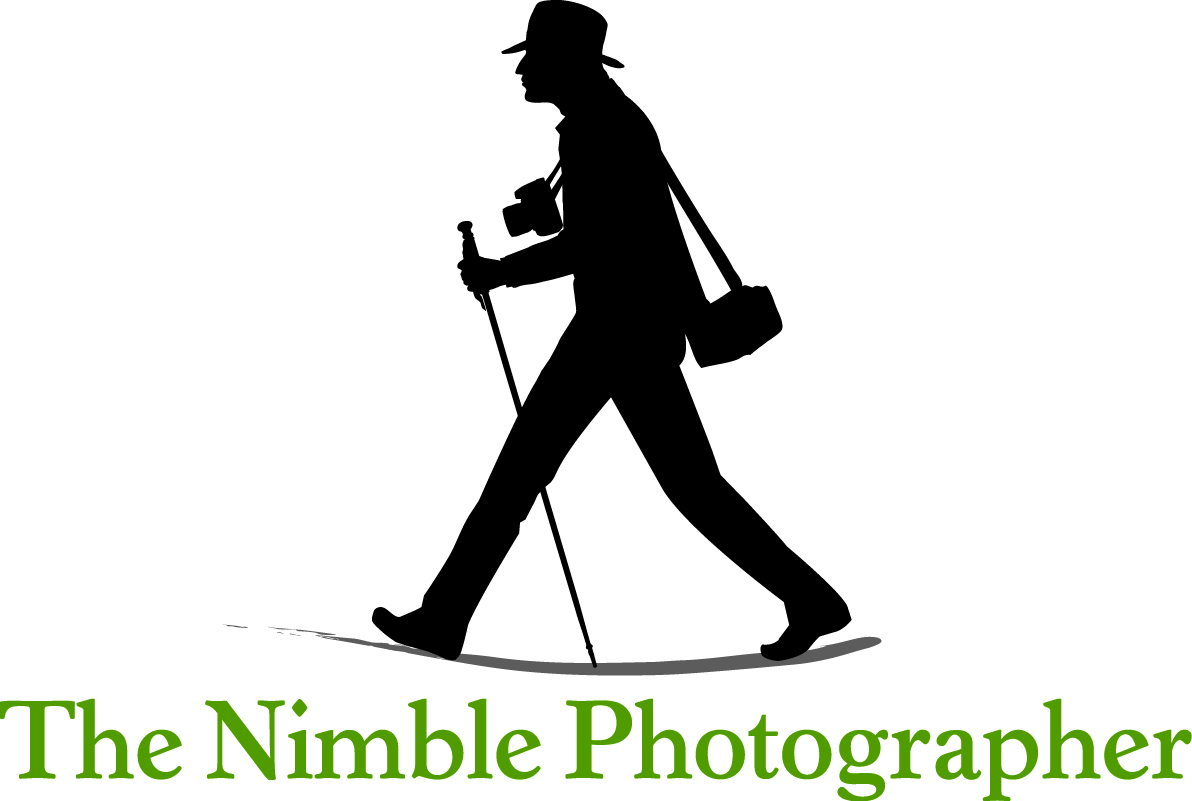We can't help but to take time for granted.
Then something happens.
This week that something was "spring forward" for Daylight Savings. It's a fun little exercise that we engage in each Spring and Fall here in the U.S. In March we set our clocks forward one hour, and when Fall comes, we turn 'em back.
One hour.
And yet it creates subtle havoc in my life. I feel like I've lost half of my Sunday, my only day off. And even though I pretend to take it in stride, I find Daylight Savings annoying. Nature will make the days longer on her own. We really don't need to intervene.
Then I realize that Daylight Savings is also a wake up call.
I don't like losing an hour in the Spring. But how many do I piss away every month? Time is a gift. And if you're lucky enough to have health too, there really isn't anything you can't do.
This is the way I make myself view Daylight Savings. It's my semi-annual reminder about the value of time.
It's also a good time to relearn how to set the microwave clock.
-Derrick
